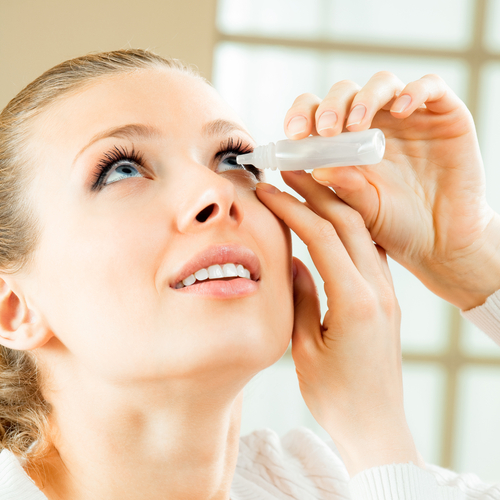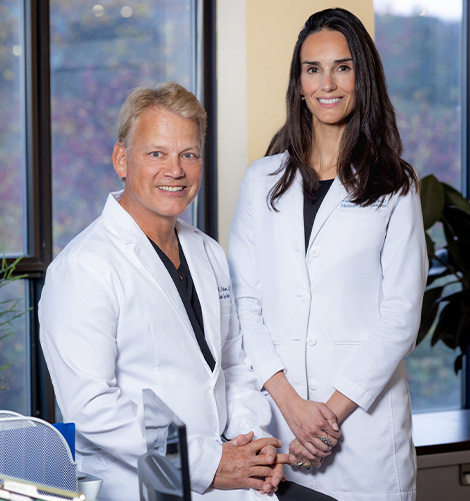Is Dry Eye Treatable?in Boston, MA

Many people suffer from chronic dry eye, a condition that can cause ongoing eye discomfort and progress over time. Not only is dry eye syndrome uncomfortable, but it can also increase your risk for infection and corneal scarring.
Your eyes need proper moisture to stay healthy and to heal when the tissue is damaged. But dry eye doesn’t have to degrade your quality of life.
There are several ways to manage and treat dry eyes. Keep reading to learn more about dry eye in Boston and how you can find relief from your symptoms.
Dry Eye Risk Factors
Dry eye can be triggered by a variety of different factors. There are a few that are more likely to put you at high risk for dry eye even if you haven’t experienced symptoms yet. These include:
● Being over 65
● Being a woman experiencing hormonal changes. This is usually due to birth control medication, pregnancy, or menopause
● Having diabetes, thyroid problems, or arthritis
● Being on certain kinds of medication, like antihistamines, antidepressants, and blood pressure medication
● Living in a dry environment
● Frequent uninterrupted screen time
If any of these risk factors apply to you, dry eye isn’t a foregone conclusion, but you should be aware of your risk. If you develop symptoms like itchy, burning eyes that feel gritty, see your eye doctor at Nielsen Eye Center. These are often symptoms that you may have dry eye syndrome.
Diagnosis
Like any medical condition, you need a diagnosis of dry eye syndrome before treatment. If you think you have dry eye or have symptoms that sound like dry eye, your eye doctor will run tests to determine the severity, causes, and which treatment options would best manage your symptoms.
These tests involve assessing the quality and quantity of your tears. They also measure how well tears disperse over the surface of your eye.
Dry eye occurs as a result of inadequate tear production. This is usually for one of two reasons; either your eyes don’t produce enough tears or they don’t produce tears with enough water.
The latter situation is the most common. Your tears are made up of a balance of mucus, oil, and water. Chemical changes in your body can upset that balance and so your tears may have more mucus and oil than water.
Your doctor can tell if this is the case when they test your tears. If they diagnose you with dry eye, they then can recommend several treatment options.
Non-Invasive Treatment
Dry eye can often be effectively treated using completely non-invasive methods. Your doctor may recommend artificial tears to keep your eyes moisturized.
They may also recommend adding more Omega-3 fatty acids to your diet. You can do this by eating more foods that are rich in Omega 3’s or taking supplements like flaxseed or fish oil.
They may even recommend you use a humidifier in your home, reduce your screen time, and try to blink more. These simple changes may work on their own to treat your symptoms. If they don’t, you still have another option.
Surgical Treatment
If non-invasive methods for dry eye management don’t work, you can have a minimally invasive procedure to have punctal plugs implanted that block the drainage channels in your eye.
By blocking them, it forces your tears to stay in your eye longer. This makes up for inadequate tear quantity or quality.
Before you get punctal plugs, try the non-invasive methods listed above. For some people with dry eye syndrome, they may be effective enough on their own.
Tired of living with the symptoms of dry eye syndrome? Nielsen Eye Center can help! Schedule an appointment at The Nielsen Eye Center in the greater Boston area now!
Call The Nielsen Eye Center at 617-471-5665 and ask to speak to a Patient Advocate today. There’s no reason to continue suffering from the frustrating symptoms of dry eye when help is a short phone call away!






